Why is Conditioning necessary for GC Columns?
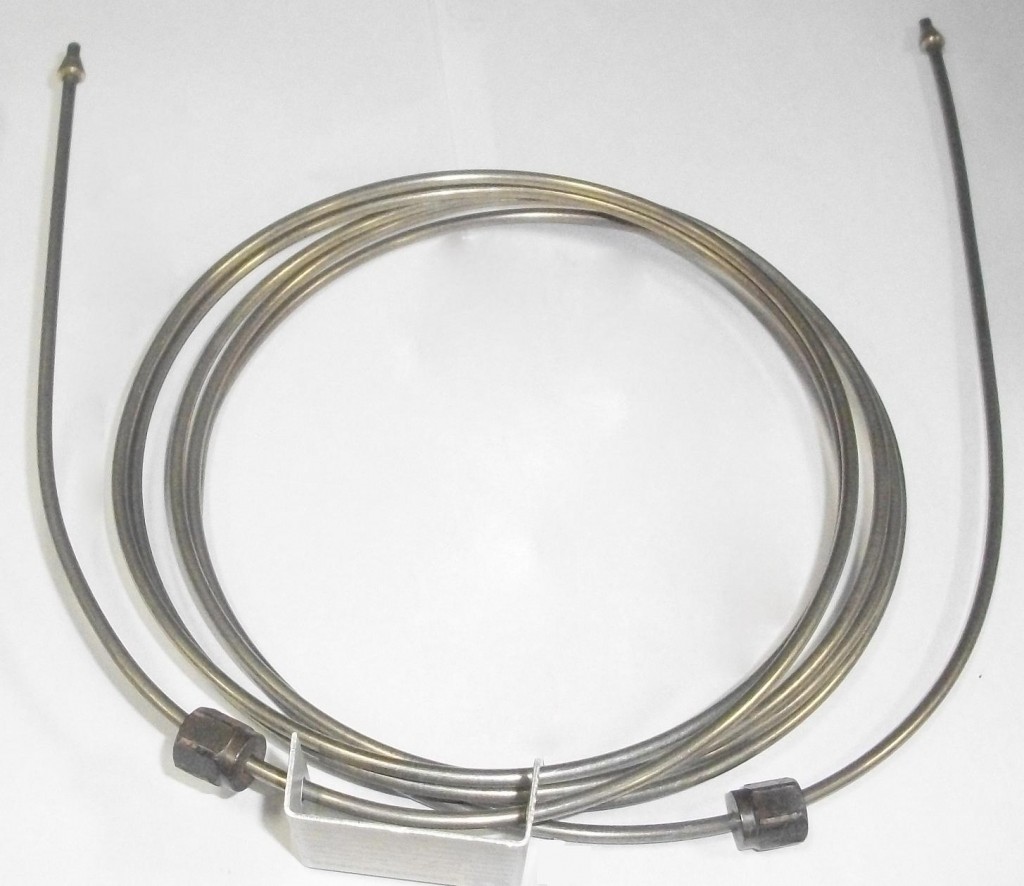
Conditioning is a process involving flow of carrier gas through a GC column at elevated temperature to flush out residual contaminants and make it fit for reliable use.
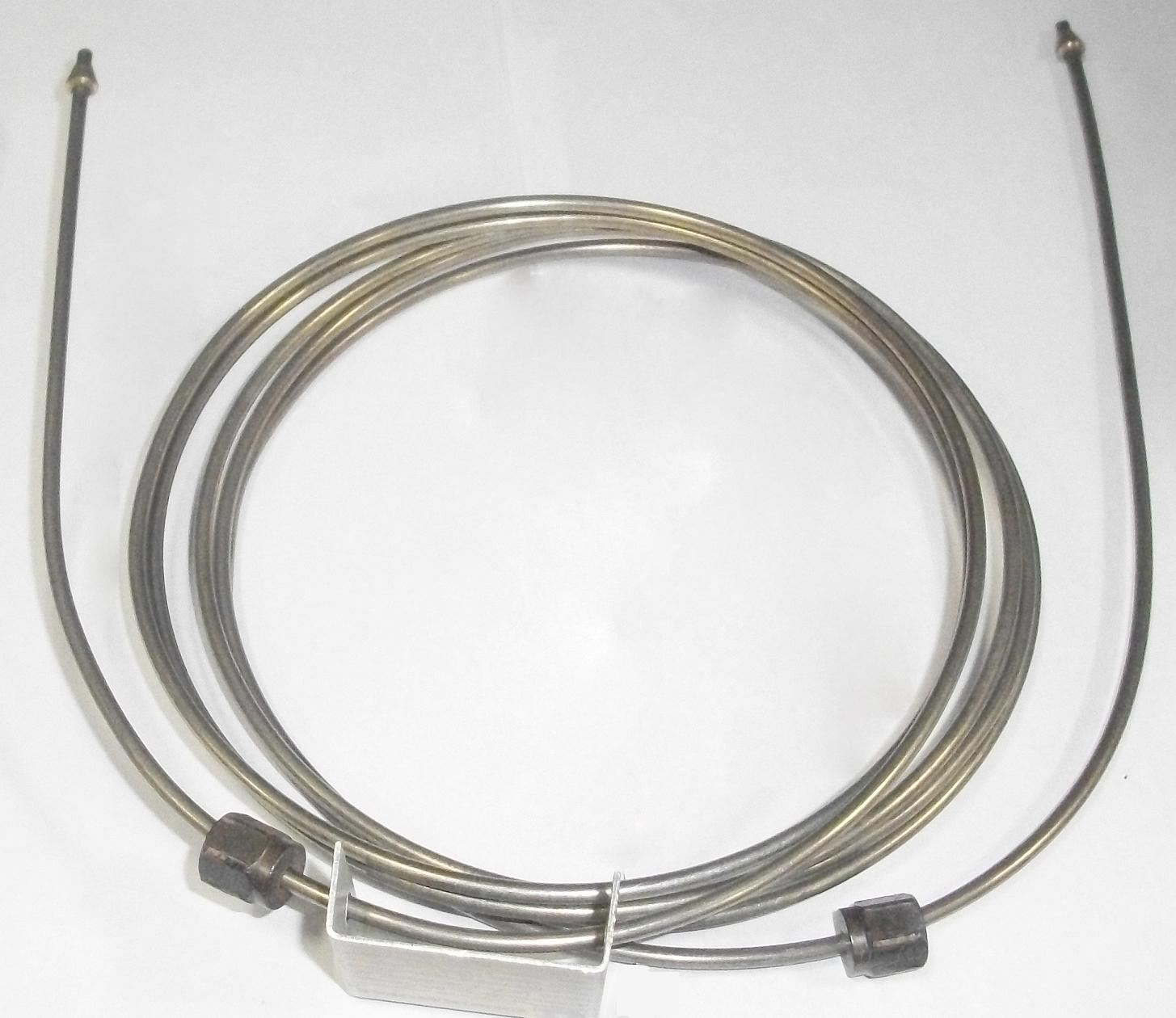
Impurities such as oxygen and water have a potential of causing irreversible damage to stationary phase at elevated temperatures during operation and shorten the useful lifetime of a GCcolumn.
Temperature Requirement for Conditioning
Initial purging at room temperature serves to remove traces of oxygen and moisture from GC column and injector.
Every GC column has two temperature limits:
Isothermal maximum is the temperature a column can tolerate for extended periods of time
Maximum temperature is the temperature that a column can sustain for short periods, typically less than 10 min without any damage to stationary phase.
For the purpose of conditioning the isothermal maximum temperature should not be exceeded.
Time requirement for conditioning
The flow rate, inlet pressure and conditioning time depend on GC column dimensions. Generally conditioning can be completed in 1-2 hours but GC columns having longer lengths (> 30 m) or with thicker film packings (>0.5 μm) may require longer conditioning. Overnight conditioning is not always necessary. Use of high sensitivity detectors such as mass spectrometer can also necessitate longer conditioning times.
Necessity for Conditioning
All new GC columns are shipped after preconditioning but it is advisable to recondition them prior to use. Unconditioned GC columns contribute to excessive baseline noise which becomes difficult to suppress.
GC columns should be conditioned before use as they can contain volatile components from the inner wall coating process. Capillary GC columns contain lesser quantity of stationary phase but conditioning is advisable for these GC columns as well.
A packed column which has been stored for some time without end caps or plugs can get contaminated with impurities present in the air and should be conditioned prior to use.
It can be seen that you will face lesser problems when you use conditioned columns before starting analysis. It takes a few hours to condition GC columns but you can save several hours of your valuable time subsequently.
Please do share your experiences if you have used unconditioned GC columns and leave your comments.

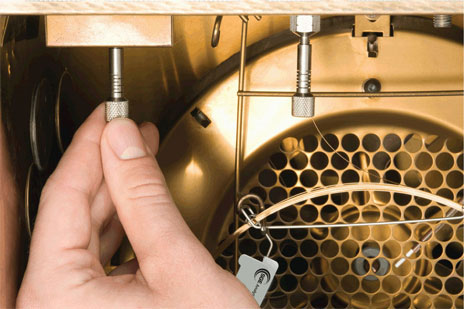
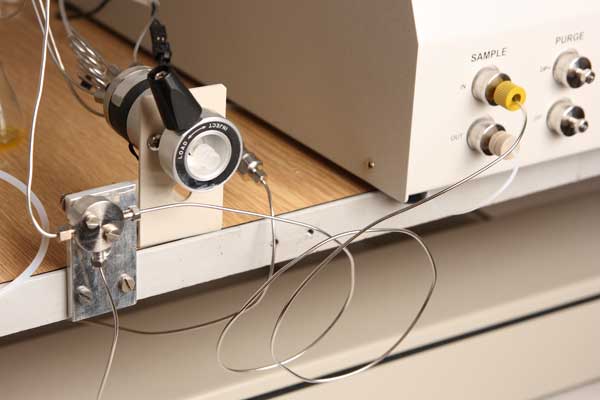
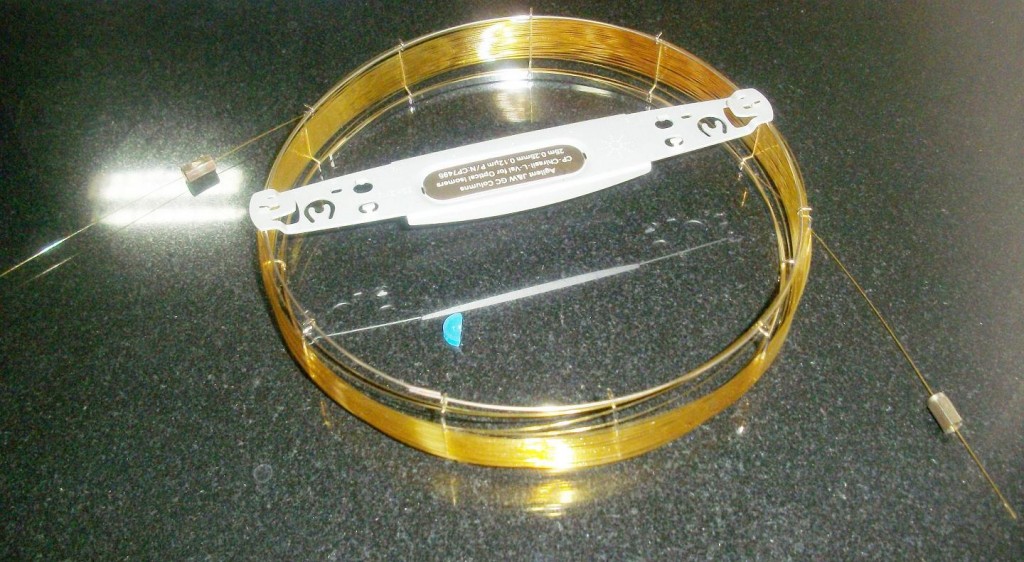
Really this is a very good topic, i have learnt one new things that is very useful for us.
Thanks Sarvesh,
We are pleased to note that you liked the article. Please do share what you found useful. It will be useful for others as well.
Good article…however, how frequently should I condition my GC columns? After every analysis? I usually just “bake” it for about 20mins before every analysis. I use a GC-FID.
Hi Jarvis,
A column does not require reconditioning after every analysis unless you have overloaded your column with a strongly retained mixture of compounds.Reconditioning should be resorted to in case you observe shifts or peak distortions in your chromatograms otherwise it is a waste of your precious time.
We’re a bunch of volunteers annd starting a brand
neww scheme in our community. Your web site offfered us with useful information to work on. You have done a formidable activity and
our entire group will likely be grateful to
you.